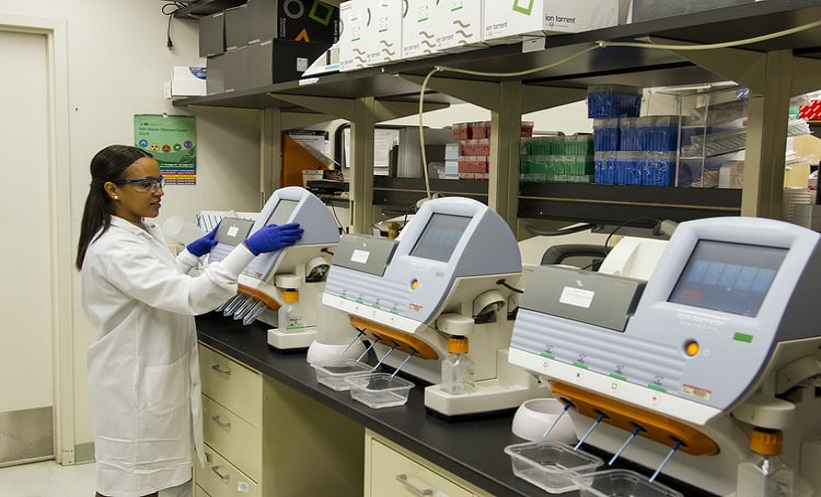DYSTONIN, a gene that maintains nerve cells, is now known to undergo inherited mutations that lead to a neuropathy known as Charcot–Marie–Tooth disease. The mutation may also affect protein isoforms implicated in nerve fibre function. This is according to the results of a novel study conducted by researchers at the Perelman School of Medicine, University of Pennsylvania, Philadelphia, Pennsylvania, USA.
Charcot–Marie–Tooth disease is a debilitating neurodegenerative disease that generally affects people when they are aged 10–30 years old. Dystonin, the gene which undergoes mutation and causes some forms of this disorder, promotes proteins that regulate the microtubule network of sensory neurons. When diagnosed with the disorder, the individual may experience neurological conditions including numbness and weakness in their hands and feet. The researchers, from the second largest clinic for patients with Charcot–Marie–Tooth disease, have been conducting experiments since the late 1980s with three siblings: two were affected by Charcot–Marie–Tooth disease and one was unaffected.
The use of whole exome sequencing analysis allowed the researchers to conclude the genetic basis of the mutation, leading to diagnosis of the disease for two of the siblings. The type of Charcot–Marie–Tooth disease caused by this mutation is defined by the loss of axons in the peripheral nerve cells. The protein isoforms affected by this mutation include BPAG1-a2 and BPAG2-b2, associated with nerve fibre function. Other isoforms of the protein may undergo mutations that are associated with blistering skin disease. Furthermore, previous studies with a mouse model found two recessive mutations on the dystonin gene, confirming their role in neuropathies. In the siblings from this present study, axonal health was found to be weakened, which the researchers attributed to disruptions to BPAG1-a2 and BPAG2-b2 isoforms.
The conclusions made by the researchers could allow for replacement of missing genes or correction of mutations of the disease with targeted gene therapies. Dr Steven S. Scherer, senior author of the study, commented on the prospect of a therapeutic solution: “We are in the era where treatments for genetic diseases are possible,” Scherer said. “This brother and sister stand to benefit from that approach because we know the gene that is missing, and if we could replace it, that should at least prevent their progression.”








